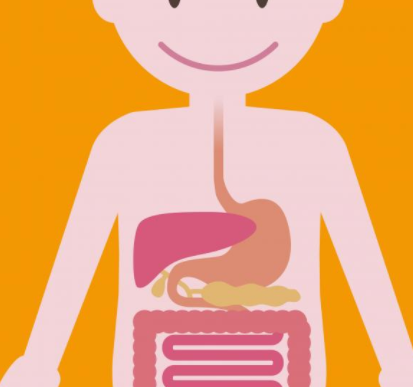
Kids guts and all part 2
The gut microbiome is highly unstable during the first two to three years of life1. The intestinal microbiome of most infants resembles that of their mother; however, after one year of age, a complex and distinct microbiome profile develops2. Children younger than three years of age have significantly lower diversity compared to adults. The bacterial communities evolve towards an adult-like configuration within the three3– or four-year4 period after birth. However, some studies suggest the gut microbiota is not yet established at five years of age5.
The most important bacterial colonisation of the gut occurs at the time of birth, when infants born via natural delivery are inoculated with a complex mixture of maternal vaginal micro-organisms6 that babies may not receive when delivered via Caesarean section7. Infants born by Cesarean section are initially colonised by bacteria from the environment, such as from maternal skin and hospital staff8 . Lactobacillus is highly abundant in the maternal vagina9 and infants born through the mother’s birth canal contain relatively high levels of Lactobacillus as part of their microbiome profile, while infants born by C-section do not. In one study, low levels of Lactobacilli persisted for the first six months after birth and up to three years of age10.
During the first few weeks, the microbiota of the newborn gut resembles the maternal skin and vaginal microbiome. In fact, the research shows how similar the infant gut microbiota is to the mother’s vaginal or skin microbiota, depending on the mode of birth11. Pre-term infants exhibit different microbiome colonisation patterns when compared to full-term infants, and the hospital room environments contribute to infant microbiome development. Some strains detected in hospitalised infants also occur in sinks and on surfaces in the hospitals and belong to species often implicated in infection12.
C-section is a lifesaving practice that is needed in 10% to 15% of births to avoid risking the life of mother or child13. However, C-section delivery is often overused, and in some regions of the world reaches 43% of births14. C-section circumvents natural exposure to the vaginal microbiota during labor and birth and, in addition, involves preventive antibiotics, which have also been related to dysbiosis. Cesarean delivery alters the bacterial colonisation of the gut15 for more than six months16. Cesarean born infants harbored less Bifidobacterium and Bacteroides species compared to children born naturally17 and the gut microbiota of infants, even at 24 months of age, is less diverse than those delivered naturally18.
The problem with this is that evidence now supports a direct association between early microbiota impact—including C-section—and obesity, with a related increase in being severely overweight at six weeks of age, an 83% greater risk of being obese19 or overweight by age 1120 and obesity later in life21. Similar results of increased obesity are seen in animal studies22. As well, C-sections are closely linked with increases in immune-related diseases such as type 1 diabetes23, allergies24, and celiac disease25 and inflammatory bowel disease (IBD), regardless of parental history26. A number of large studies have now shown that Cesarean delivery is associated with wheezing and allergic sensitisation27. A meta-analysis of 23 studies found a 22% increased risk of asthma associated with Caesarean birth28.